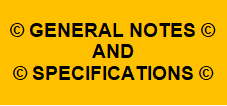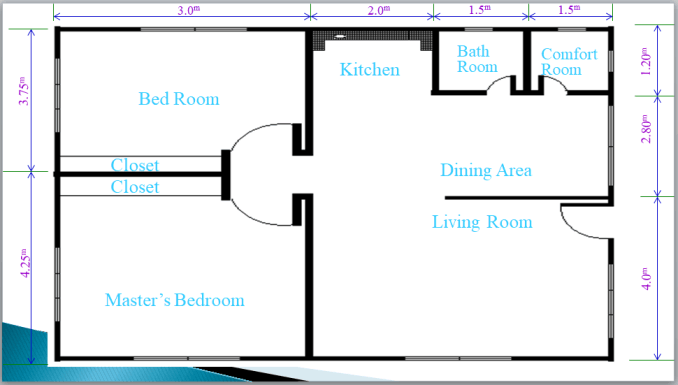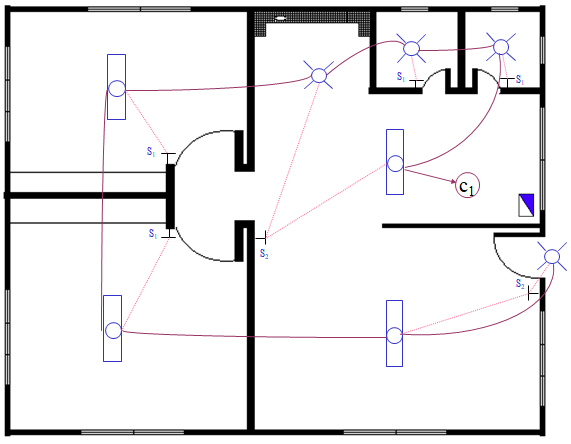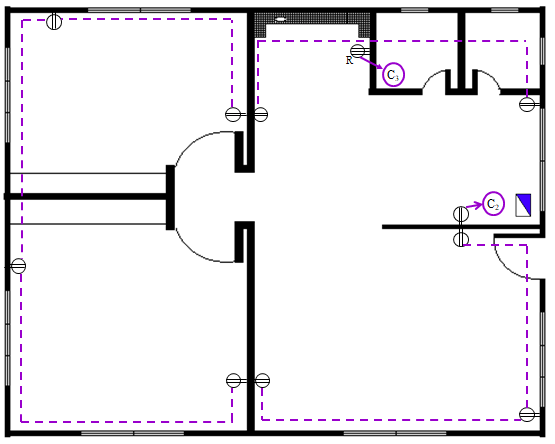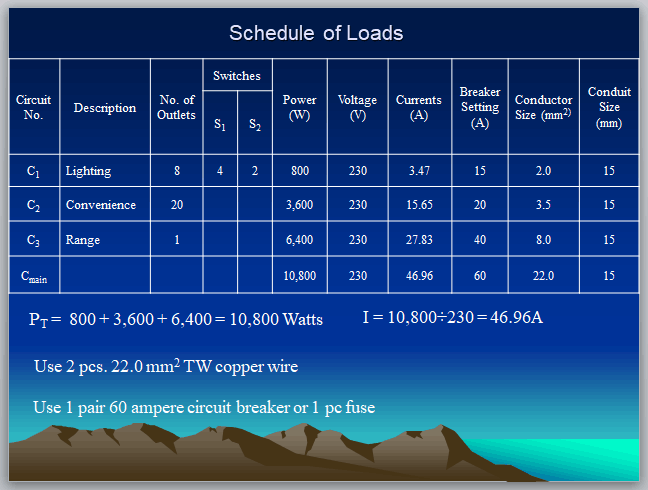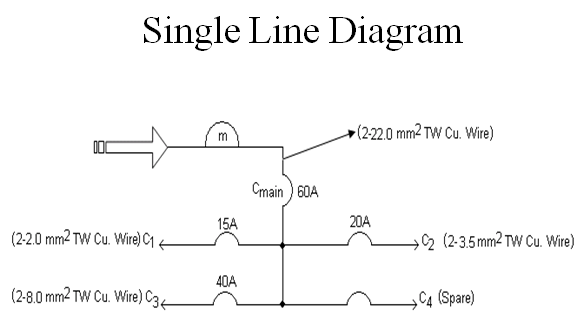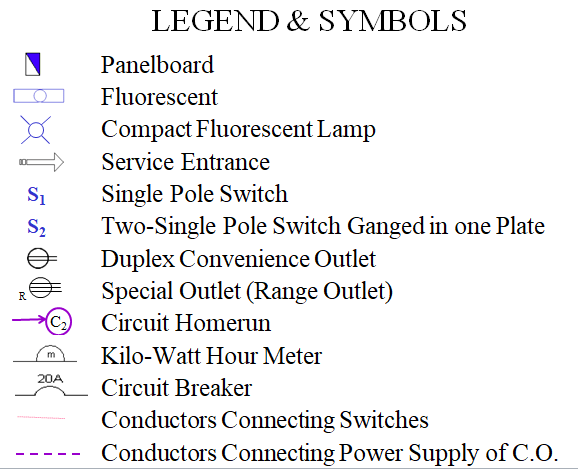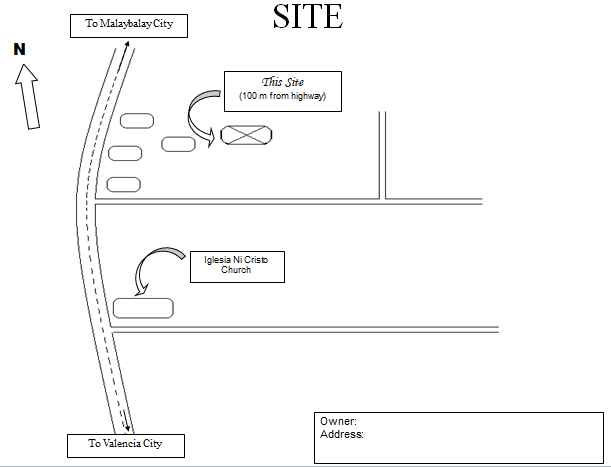LABORATORY LECTURE NOTES
Important Lecture for Laboratory Activities

Electrical Plan
Discussion on how you are going to Design Electrical Plan ...
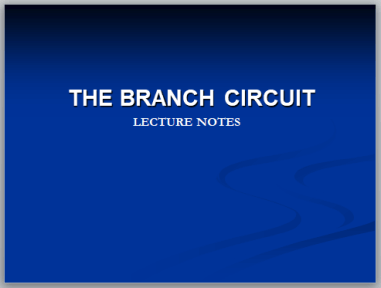
Branch Circuits
Discussion on important things to remember in designing branch circuits including switches...
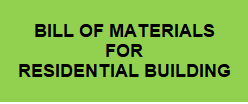
Bill of Materials
Discussion on how to make Bill of Materials and estimates of materials that will be used in the electrical design...
